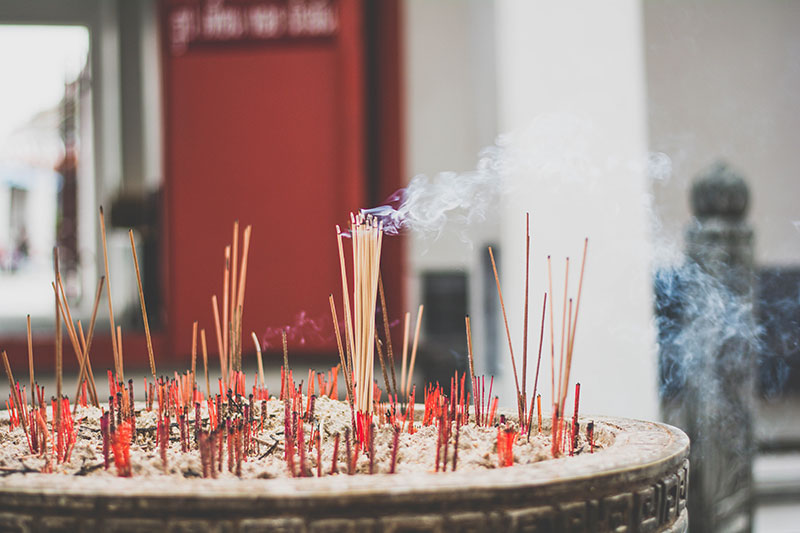Burial is traditionally favoured in Chinese funerals, but with a rapidly expanding population, cremation is becoming more common.
The first , Chinese burial practice dictates that the location of Chinese graves (which are usually mound-shaped) be chosen according to the complicated laws of feng shui. Feng shui is the practice of spacing physical objects in a particular way to influence the flow of energy, or chi, and it is believed that the grave’s location will impact the chi surrounding the family of the person who has died. In the case of a royal burial, good or bad feng shui may affect the entire nation.
The second, before the funeral ceremony, family members take turns sitting with the person who has died in a vigil or wake known as shou ling. This shows loyalty to the person who has died, keeping them company as they are prepared to journey into the spiritual afterlife. At the end now ,the wake usually takes place in the family home or the parlour over a period can up to seven days.
Then , during the funeral ceremony, which can vary widely depending on local traditions, Taoist or Buddhist funeral prayers may be recited. Mourners leave offerings of food, incense and Joss paper.
It is expected that those who attend the wake or Chinese funeral give money placed in white envelopes to family members. The money is meant to be used for the funeral and should be an odd number. The amount that is given depends on the relationship of the bereaved family and the guest.
Burying grave goods and giving food offerings has always been part of the Chinese funeral ritual, and this has evolved into the practice of burning Joss paper at Chinese funerals.
Sometimes called ghost money or spirit money, it is believed that the souls will need money in the realm of Diyu, where they are judged by Yan Wang, Lord of the Earthly Court, before being taken to heaven or hell.
Since ancient times, the Chinese have believed in a spiritual afterlife to which the soul journeys after death. Like many religions and cultures, the Chinese believed that the dead will need physical objects in the afterlife and so bury them with prized possessions, such as gold, jewellery and pottery.
Because the Chinese believe that the spirits of ancestors will be given these things in the afterlife, Joss paper is sometimes shaped into desirable goods such as clothes, cars, houses and food. Today, elaborate Joss paper offerings are still made and sold – often made to look like the latest gadgets and trends: smartphones, designer clothes and shoes, bicycles, cameras and even kitchen appliances.
According to Chinese funeral custom, elders should not show respect or offer prayers if the person was younger than them. If the person was unmarried, their body is not brought into the family home remains at the funeral home as they did not have any children to conduct funeral rites for them. If a child or infant dies, they are buried in silence without a ceremony.
A Chinese funeral usually takes place over 7 days, but the period of mourning lasts for 49 days with weekly prayers recited by the family every 7 days. A final ceremony, signifying the end of the mourning period, may be held after 100 days.
The colour white is associated with death in China, as in many Asian cultures. Sometimes a white banner is hung above the door of the bereaved household, and mourners often wear subdued colours. If the person who died was over 80 years, guests may wear shades of pink to the funeral ceremony as it is considered a longevity milestone, and people are encouraged to celebrate rather than mourn. The colour red is never worn for funerals, as it symbolises happiness and good fortune in Chinese culture (which is why it is the traditional colour of Chinese New Year and of Chinese weddings).


 WhatsApp us
WhatsApp us